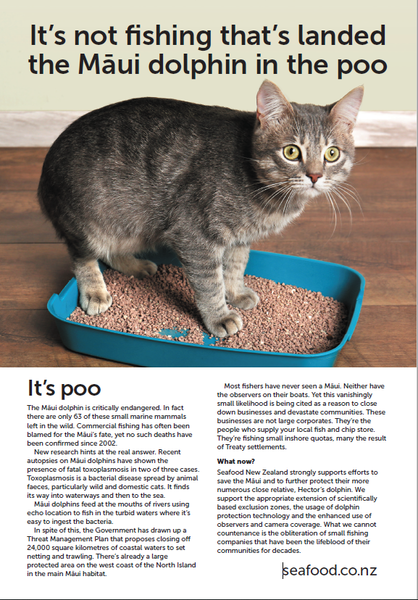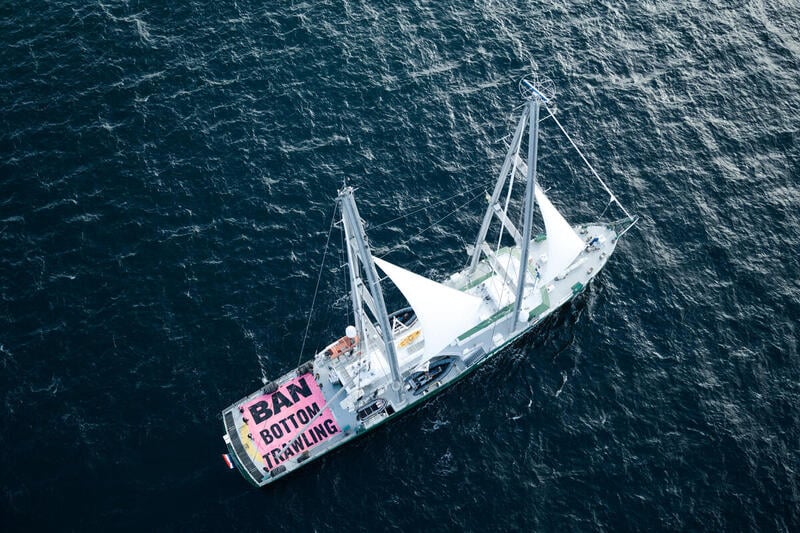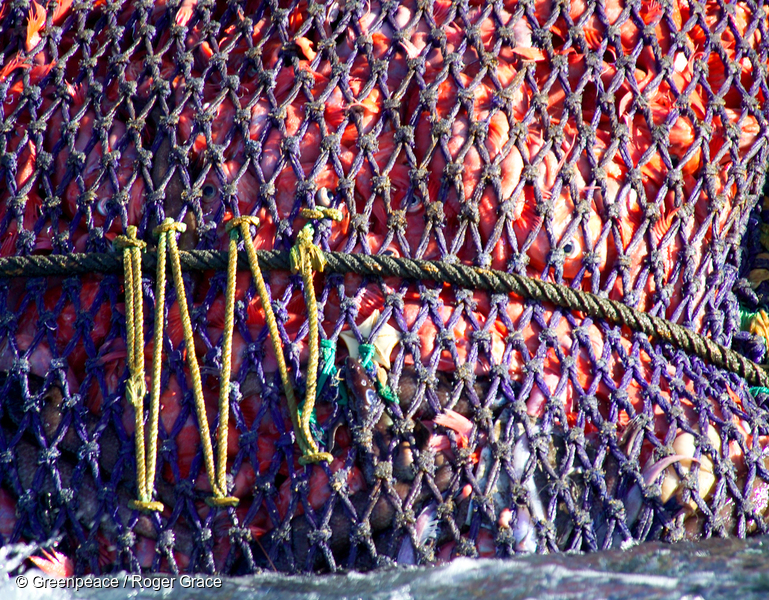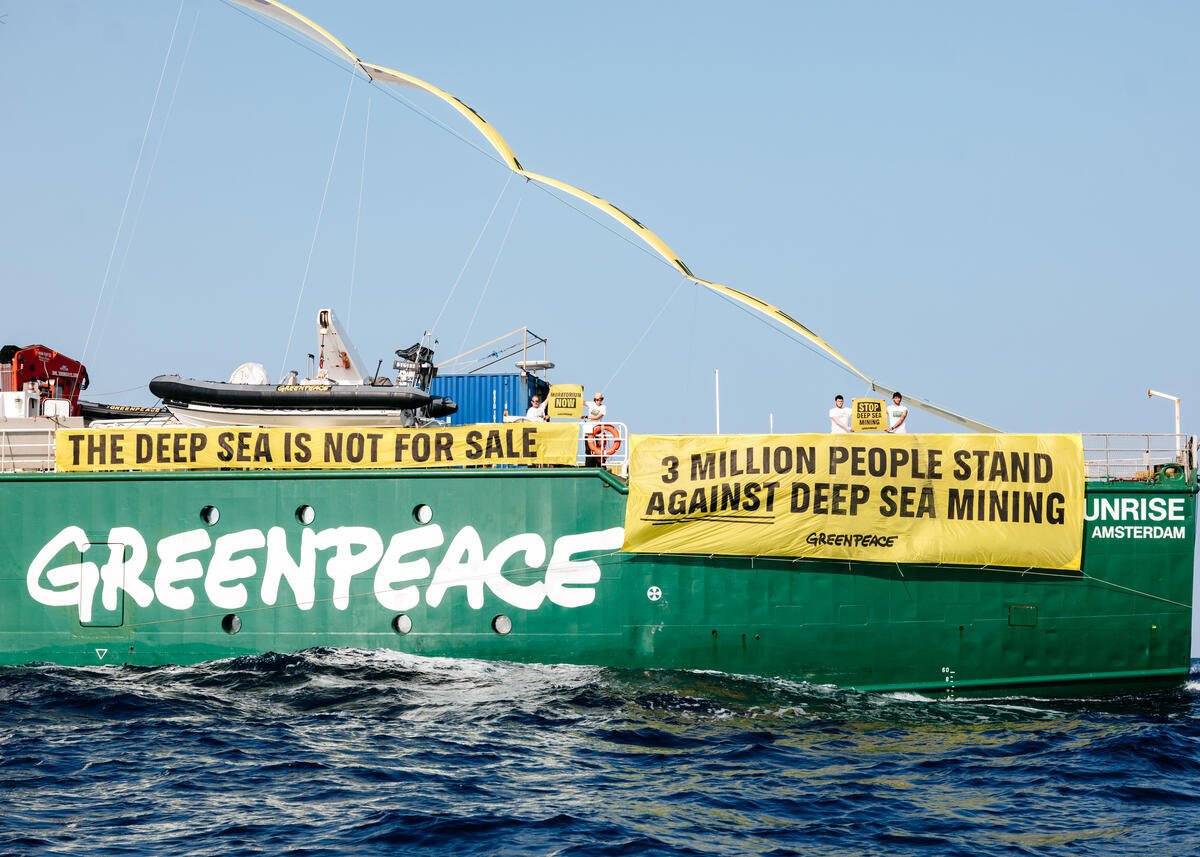The fishing industry has been killing off Māui dolphins for years, and their denials are now putting the entire New Zealand seafood export market at risk.
Industry spin doctors love to pitt economic prosperity against environmental protection. It’s a convenient but ultimately false dichotomy.
A case in point is the news that the United States is now eyeing a ban on New Zealand seafood, because of the lack of protection of our critically endangered Māui dolphins[1]. Such a ban would cause havoc for the sector, and lose them millions of dollars.
By continuing to resist changes that could save the last of this native species, the fishing industry has risked their own international reputation, and potentially cost themselves major export dollars. After years of stalling and shifting blame, they could come undone by their own shortsighted greed.
Many businesses are smarter than this in 2019. They’ve woken up and realised that as a part of nature, we need the natural world a lot more than it needs us. There are quite literally no jobs on a dead planet, and environmental protection is now a key component of business models and a key interest of investors.
But back in the dust, New Zealand’s seafood industry trails behind, desperately clutching old narratives and shifting the blame. The lobby group that represents them, Seafood NZ, is doing just this in their current aggressive advertising campaign, blaming cats for killing Māui.
This week’s edition in The Dominion Post features an image of a cat hunched over a litter tray, alongside the headline: “It’s not fishing that’s landed the Māui dolphin in the poo.”

The advert in the Dom Post from Seafood NZ
This nonsense would be funny if the lives of the final 63 Maui dolphins weren’t at stake. Dolphins drown in set nets and trawl nets – in fact 95% of human caused Māui dolphin deaths to date were from fishing [2]. That’s a statistic you won’t find in Seafood NZ’s full page ads, but it’s true.
But who needs facts. In 2016, the CEO of Seafood NZ George Clement went so far as to say it was dolphins’ own fault they were getting drowned in nets, as they were “putting themselves at risk near our fishing boats, causing themselves harm”[3]. Three years ago wildlife was reckless, in 2019 – their deaths have got nothing to do with the fishing industry.
Seafood NZ, like the tobacco industry before them, only care about short term profits and so try to block any regulation by trying to create uncertainty where none exists. It’s the cats killing the dolphins they say, not the fishing boats.
That’s despite the fact that a panel of marine mammal experts told MPI that the idea that toxoplasmosis from cats is the cause of the dolphins demise had too many uncertainties and biases for them to model it.[4]
The fishing industry has latched onto the suggestion that any change from them is unwarranted, but their latest PR offensive is desperate. It’s the last attempt by a multi-million dollar industry to resist the change it knows is coming. A change Seafood NZ could have led, but chose not to because of greed.
Both the International Whaling Commission (IWC) [5] and the International Union for Conservation of Nature [6] supports full protection from set net and trawl commercial fishing for both Māui and Hector’s dolphins in their entire habitat range, out to the 100 metre depth contour. This would provide them a real chance to recover.
As a country we have a very clear choice to make – do we want to protect native wildlife, or do we want to put industry interests first?
Tens of thousands of New Zealanders have already spoken out, urging the Government to put in place the necessary protections to save this species, to protect biodiversity and the reputation of New Zealand industry. These are no longer opposing sides, but something that can be achieved through a strong Threat Management Plan, which must be implemented before it’s too late.
References
- https://www.msn.com/en-nz/news/national/us-seafood-ban-plan-causes-stir-in-nz/ar-AAHcFyu
- https://www.mpi.govt.nz/dmsdocument/7677-a-risk-assessment-of-threats-to-mauis-dolphins, pg 24 conclusions
- https://www.tvnz.co.nz/one-news/aotearoa/fishing-trawlers-accused-killing-precious-dolphins-ive-seen-rotting-in-nets?variant=tb_v_1
- Appendix 1: Hector’s and Maui Dolphin Threat Management Plan Review, Risk Assessment Workshop, 9-13 July 2018, Panel Recommendations, pg 12
- http://www.scoop.co.nz/stories/PO1906/S00211/iwc-calls-for-end-to-set-nets-in-maui-dolphin-zone.htm
- https://mission-blue.org/2019/07/critically-endangered-new-zealand-dolphins-we-have-to-act-now/



